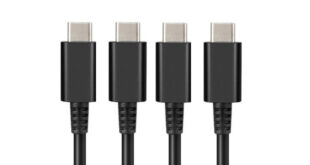Do you want to enable your apps to recognise the gestures and movements that users make?
Thanks to the release of the Intel RealSense Smartphone Developer Kit, you can.
Intel RealSense technology for 3D vision is now available on a specially designed Android smartphone, which comes as part of the new developer kit.
This opens up the possibility for people and objects to be scanned in 3D, allowing users to create avatars of themselves and their friends that can be incorporated in games.
3D images taken using the camera could also be experienced by plugging a virtual reality headset into the smartphone.
If you want to actively deliver presentations or draw images without touching your device, the recently introduced Intel RealSense SDK 2016 R1 makes this possible.
It introduces cursor mode, which can track hand movements in 2D or 3D, at twice the speed of full hand (joint) tracking.
New capabilities like this are added to the SDK from time to time, so always use the latest version to get the most from the technology.
You may also want to take a more general look at what Intel RealSense is capable of, or get started developing apps with the free Intel RealSense SDK.
This blog post is written bySofttalkblog, and is sponsored by the Intel Developer Zone, which helps you to develop, market and sell software and apps for prominent platforms and emerging technologies powered by Intel Architecture.

 MCV/DEVELOP News, events, research and jobs from the games industry
MCV/DEVELOP News, events, research and jobs from the games industry



